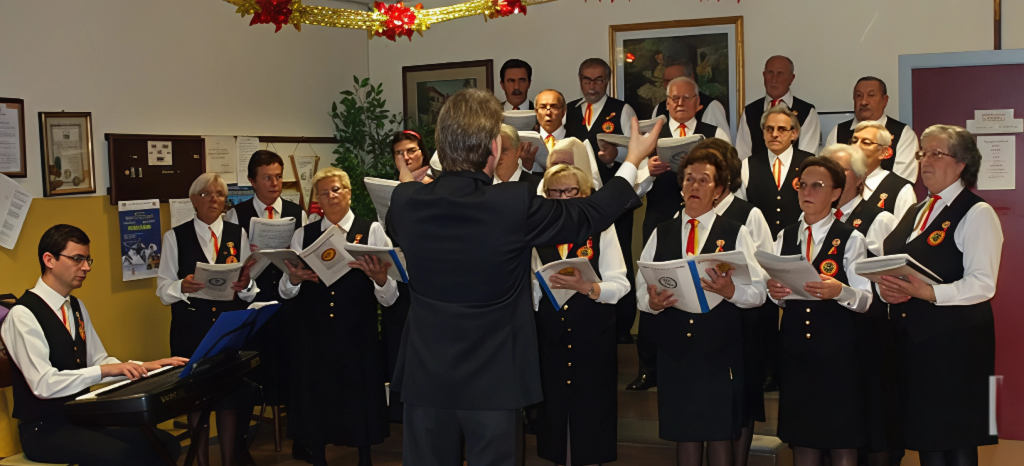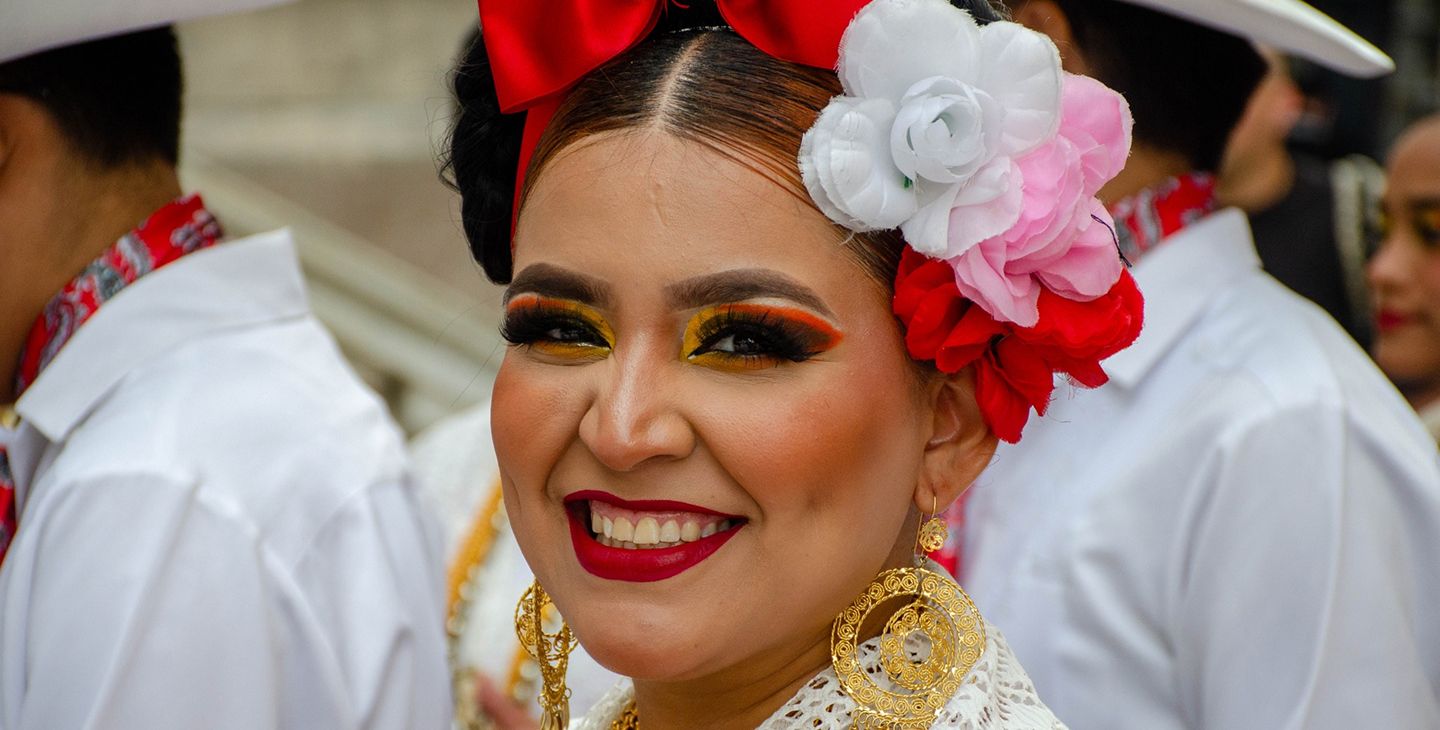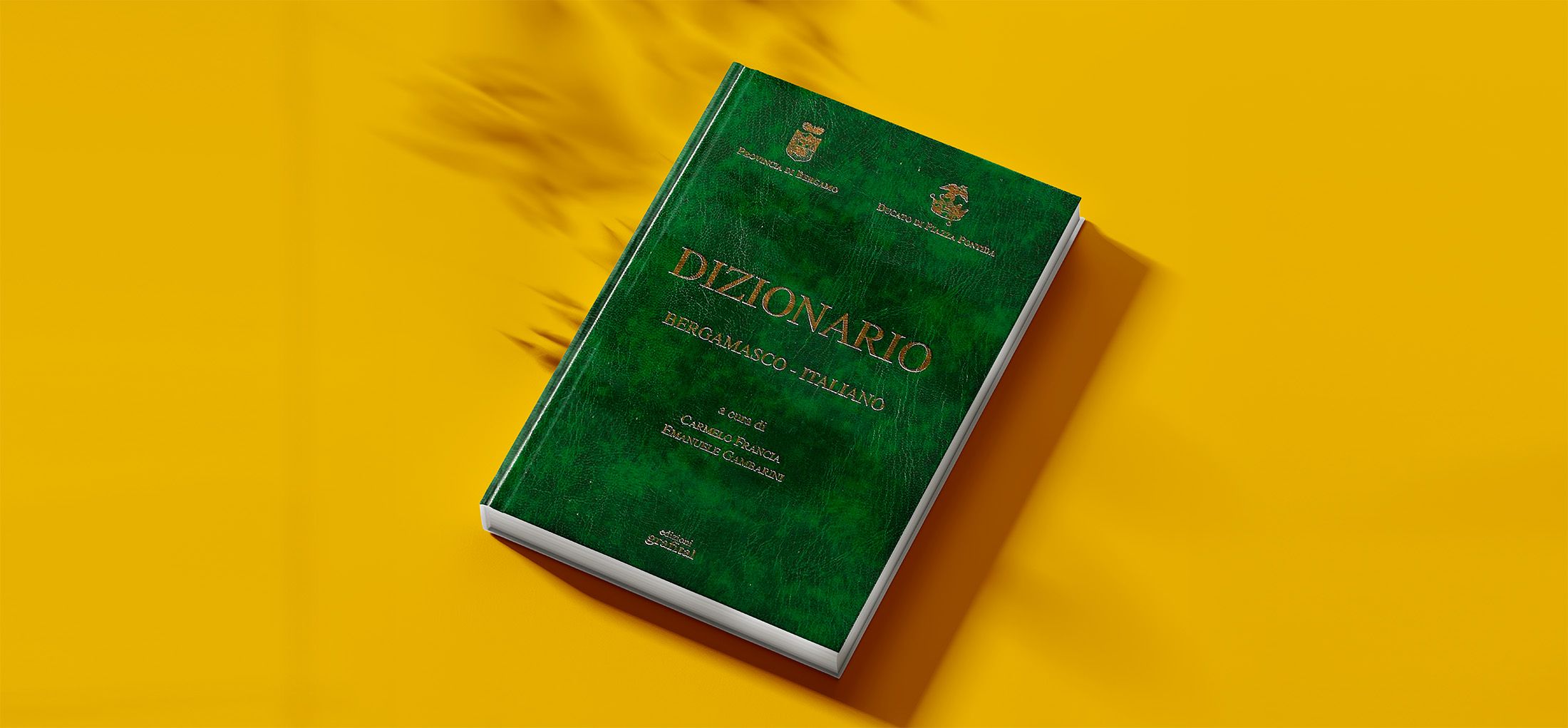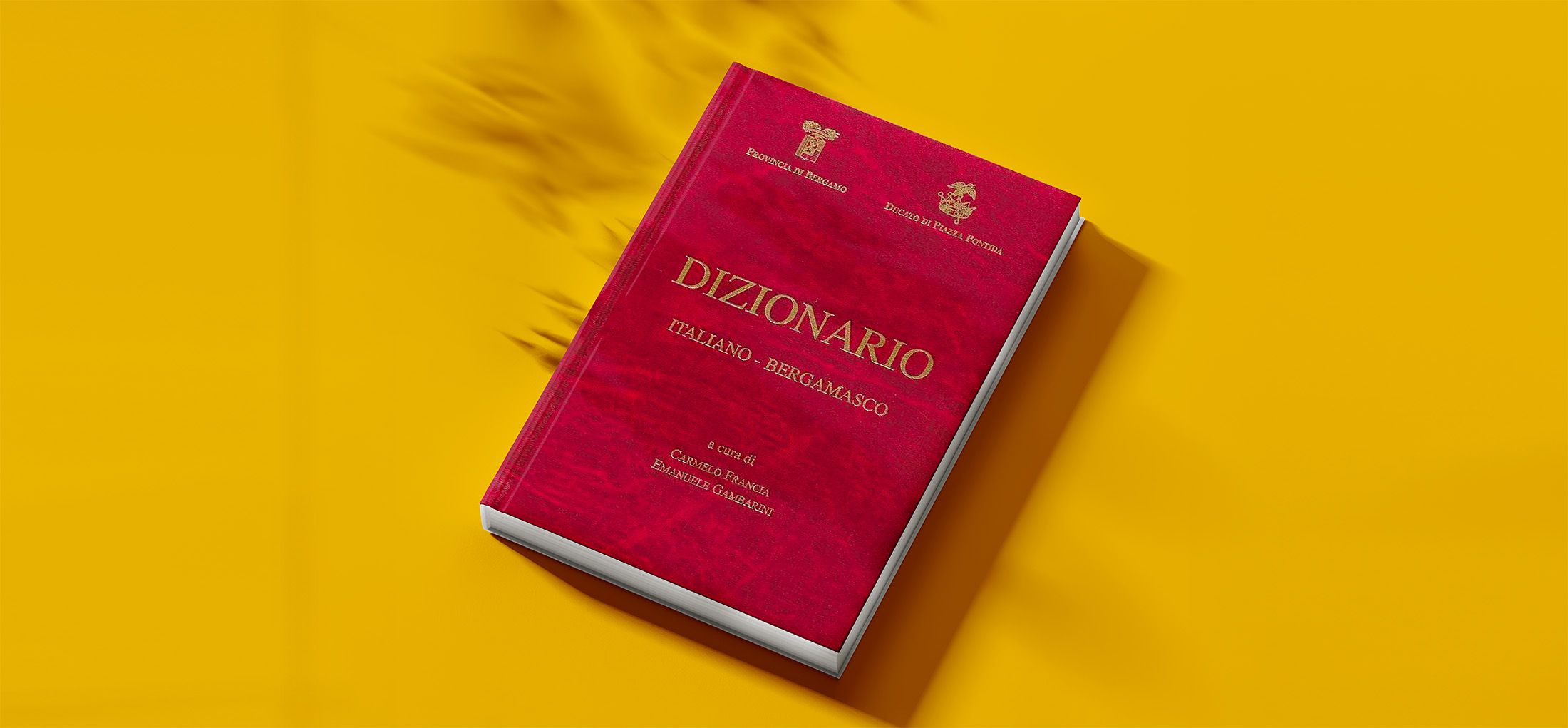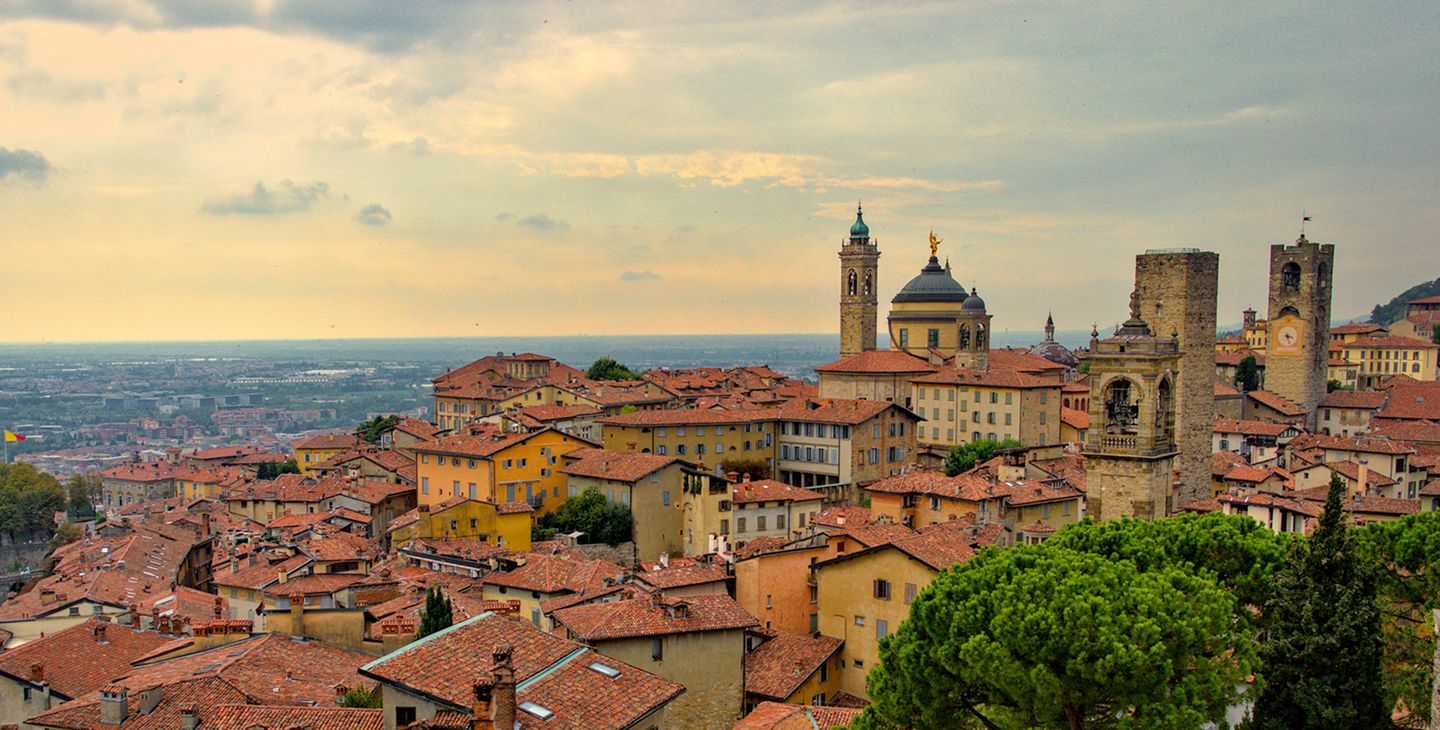Culture and Traditions
A Vocal Ensemble Rooted in Bergamo’s Traditions
The Choir of the Ducato di Piazza Pontida was a vocal group that represented a cornerstone of Bergamasque musical culture. Founded within the eponymous cultural association, the choir dedicated itself to promoting local musical traditions, offering a repertoire ranging from folk music to opera, always maintaining a strong connection with
Repertoire and Activities
The choir's repertoire was varied and adapted to different types of events, from cultural to folkloric. It included traditional folk songs, poems by local authors such as C. Francia, A. Ruggeri, and G. Meloni, set to music for the occasion, as well as opera pieces. This variety allowed the choir to take part in a wide range of events, always bringing with it the authenticity and passion of Bergamasque tradition.
Collaborations and Performances
The Choir of the Ducato had the honor of collaborating with prominent artists and institutions. It took part in Giacomo Puccini's opera Turandot, performed at Villa Scotti under the direction of Maestro Antonio Brena and the stage direction of Mario Binetti. Additionally, it participated in events such as the International Festival of Folklore and Traditions, organized by the Ducato di Piazza Pontida, and performed works like Giuseppe Verdi's La Traviata.
Members and Direction
The choir was made up of about 30 singers, who regularly gathered for rehearsals and concerts. The artistic direction was entrusted to Walter Sala, known for his experience and for the success he achieved leading the Coro della Val San Martino. His leadership enabled the Choir of the Ducato to reach significant milestones, consolidating its presence in the Bergamasque musical scene.
A Bridge Between Generations and Cultures
In addition to its musical activity, the Choir of the Ducato played a fundamental role in preserving and transmitting local traditions. Its performances were not only moments of entertainment but also opportunities to educate new generations about the cultural richness of the Bergamo area. The choir thus served as a true bridge between the past and the future, connecting historical traditions with new artistic expressions.

